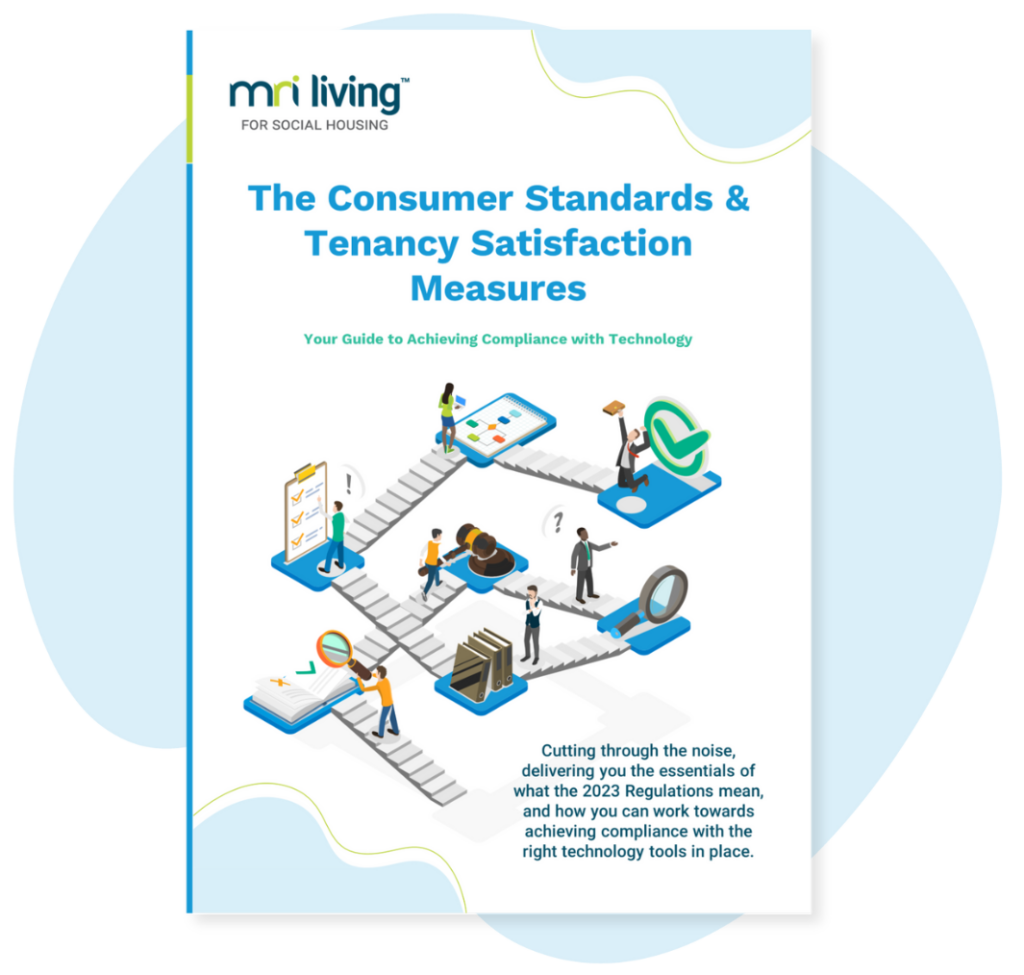Resident Voice Index™ reactions: HQN
Jon Land, Head of External Relationships at Housing Quality Network offers his perspectives and reaction to the recently released Resident Voice Index™ Neighbourhoods & Communities report.
When HQN was approached by MRI to support the Resident Voice Index™ (RVI) project, we jumped at the opportunity.
Building on the ambitions of the Social Housing White Paper, we recognised that the Resident Voice Index™ had huge potential to become an accurate, nationwide barometer of resident sentiment in that it gives tenants the opportunity to talk freely about their homes, communities and life in general.
It is fair to say that some of the results from the first RVI survey, which focused on neighbourhoods and communities, make for stark if not particularly surprising reading as they reflect the general direction of travel for the social housing sector over the past 10 years or so.
Despite nearly half of residents (46%) saying they care about belonging to their neighbourhood, it’s disappointing that 84% of respondents don’t believe their housing provider improves their sense of community. This is quite alarming and raises the fundamental question: what is the purpose of a social landlord?
There was a time when housing associations proclaimed that they were ‘in business for neighbourhoods’ – they prided themselves on being rooted in their communities with a commitment to do ‘more than bricks and mortar’, giving them a crucial USP in comparison to traditional housebuilders and private sector landlords.
But priorities changed. Without getting too much into government policy, the need to ‘build, build, build’ became top priority; the housing regulator was told to refocus on viability and value for money rather than consumer standards, with a focus on the ‘core business’ of property rather than people. Mergers became the order of the day, leading to landlords covering larger geographic areas and becoming more detached from their communities.
If you then throw in the four-year rent cut and the detrimental effect this had on community investment programmes (amongst other things), it is perhaps unsurprising that residents feel the way they do.
Of course, how people feel about their community can’t solely be attributed to the role of their housing provider. The key elements seen as crucial to a sense of neighbourhood safety – community policing, street lighting and CCTV – are the responsibility of other agencies. There is also a significant proportion of residents who have no interest in belonging to a community no matter how much a housing association or local authority tries to make it happen.
As one resident respondent to the survey so eloquently put it: “We who live in a community create community. So, it’s whether you actually want to be part of your community. Some people are really happy to just come and live in their house and they don’t want to be involved in anything regarding where they live. The housing provider can try, but they can’t make community. The housing provider I am with have community development officers that can do things. They arrange community things, but people don’t turn up.”
It’s also interesting to note that this sense of belonging has been in decline across all parts of the UK in the last couple of years – but there is no doubt that it’s more apparent in communities where social housing is the dominant tenure. Of course, the COVID-19 pandemic is likely to have had a major impact as people simply haven’t been able to interact with each other but at the same time the lockdown period saw a concerted effort by social housing providers and other local agencies to become more visible and refocus on frontline service provision. The question is whether this continues.
Another cause for optimism is that we are seeing community investment becoming more of a priority for social landlords. The ability to measure social value in quantifiable terms has definitely helped as it ticks the all important ‘value for money’ box.
However, the Neighbourhoods & Communities survey suggests that housing providers have their work cut out in convincing residents that they are a force for good in their area. From a survey of nearly 4,000 residents, an overwhelming majority struggled to give an example of a positive community contribution their landlord had made. Whether this is a fair reflection or not is beside the point – there is either a major communication/engagement issue or, for whatever reason, social housing providers are simply not seen in a positive light – as reflected by a lot of the findings and recommendations set out in the White Paper.
Improving how residents feel about their neighbourhoods and communities shouldn’t be that difficult. Yes, it will require effort and commitment on behalf of the housing provider and a willingness to work in partnership with others such as the police and local authority.
But much of it boils down to getting the basics right – listening to residents, having a relationship built on trust and co-creating with the community, not just doing stuff on their behalf that they have no say in.
When you look at the ‘Suggestions for positive interventions’ put forward by residents in the survey compared to ‘What do you most like about your neighbourhood’ there is a lot of crossover. Clean spaces, green spaces, more amenities for children, the appearance of properties, transport links, services such as schools, shops, cafes and community centres all feature. All of this needs to be linked to the availability of jobs.
Much of the above is closely aligned to bringing up a family and a desire to put down roots in a place and stay there for a long time. Communities cannot be created overnight – it requires long-term commitment. Some of the most disillusioned residents are younger people and the survey points to the fact that if we can start to engage better and do more for them, it will help the landlord-resident relationship in the long run.
We look forward to the results of the second Resident Voice Index™ survey with interest.
With thanks to Jon Land for this contributed article. HQN provides high-quality advice, tailored support and training to housing associations, councils, ALMOs and other housing providers. If you’d like to find out more about this organisation, visit www.hqnetworks.co.uk
The Consumer Standards and Tenancy Satisfaction Measures: Your Guide to Achieving Compliance with Technology
Cutting through the noise, delivering you the essentials of what the Consumer Standards and Tenancy Satisfaction Measures 2023 Regulations mean, and how you can work towards achieving compliance with the right technology tools in place. New regulatio…

